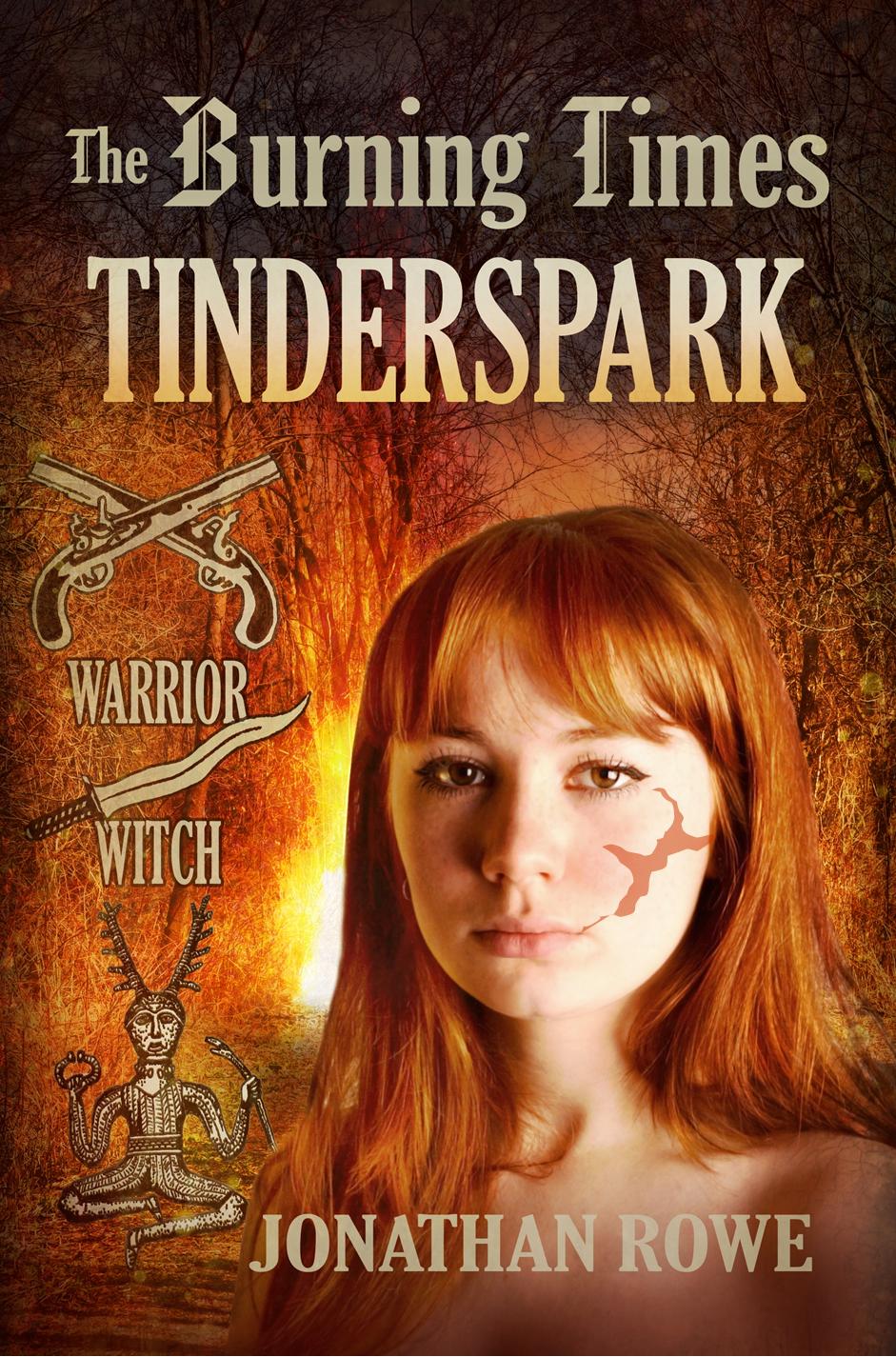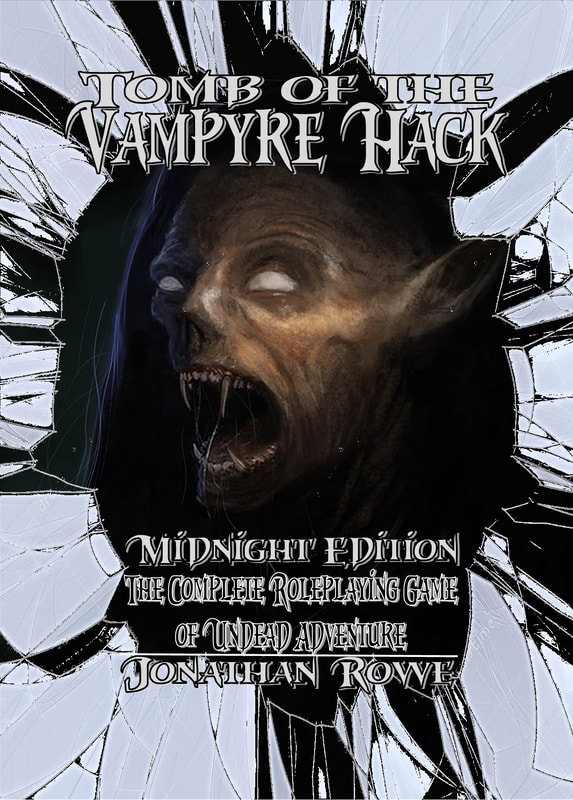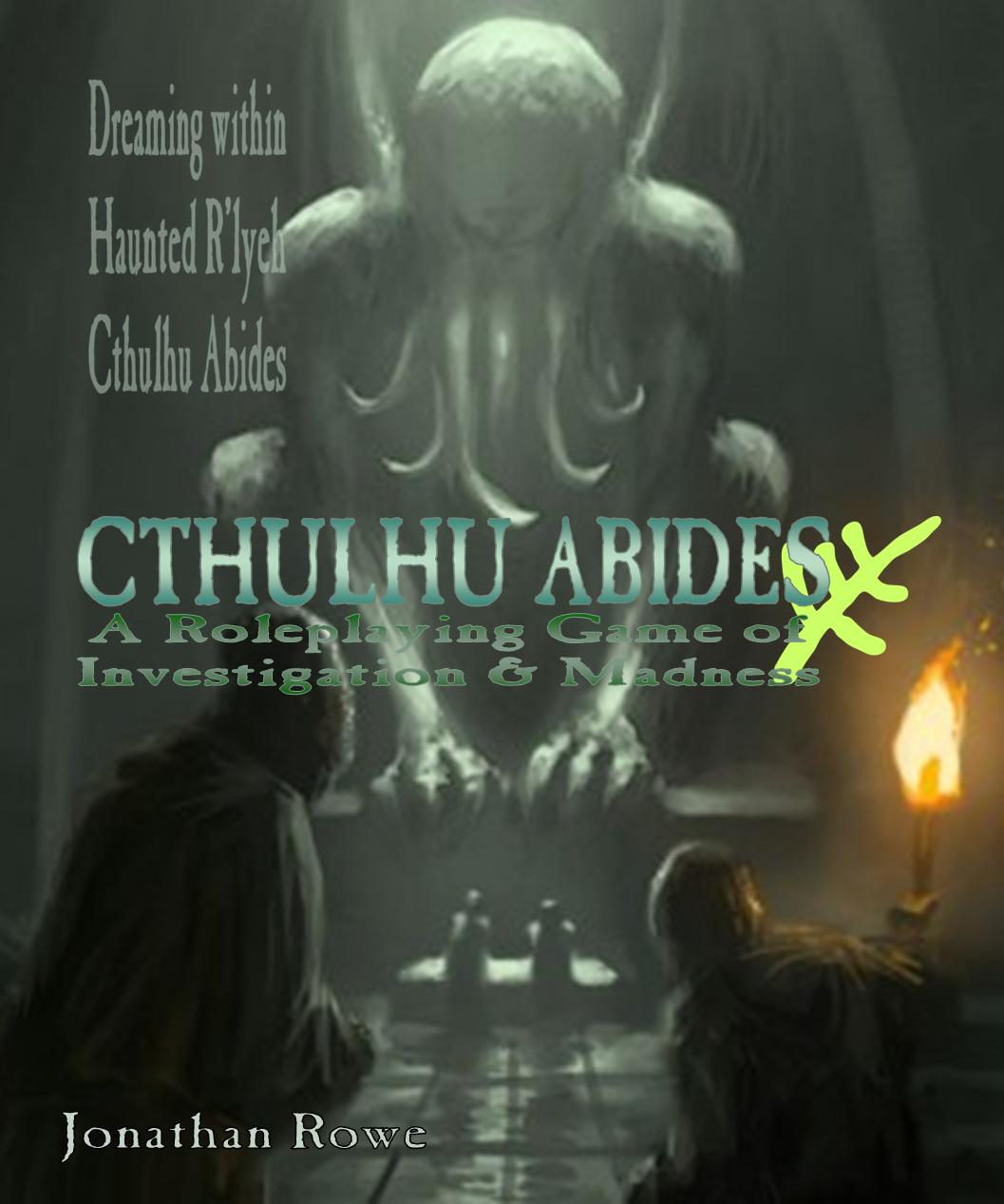|
No sooner have I finished praising Szymon Piecha's excellent White Box supplement Expanded Lore (for its new character classes and campaign rules) than it gets a fresh coat of paint and reappears in drivethrurpg as version 2. Click the image to visit drivethrurpg. The book is pay-what-you-want Most of the text is unchanged (including no saving throw for the Druidic Sunburst spell!) but a couple of classes have had major rebalancing and there's a brand new class - the Witcher, sorry, no, the Hunter. Monks The original D&D Monk class was incoherent and unbalanced, but had memorable and popular abilities. Szymon revised the Monk for Expanded Lore v1, creating a much more subdued martial artist. Too subdued really. The new Monk had impressive attacks (two of them!) and healing at 1st level but rubbish AC and - and this was the problem - no where to go. Leveling up didn't improve open hand combat and the Feats were minor affairs. Szymon fixes this by giving the Monk a 1-6 scaled Martial Arts skill, similar to a Thief's Thievery skill in White Box. This number (starting at '2') is added to the Monk's AC and saving throws to dodge missiles. It is also the amount of HP healed by the Monk's hour-long daily Meditation. Now we have a Monk that gets significantly better at things, with base AC starting at 7 [12] and improving to 3 [16] at 9th level. My homebrew goes a bit further. I think Martial Arts should be added to the Monk's base move, producing 12 at 1st level rising to 18 by 9th. I notice the Monk's To Hit Bonuses have been hiked slightly too, giving them +1 To Hit at 2nd level, like Fighters. The Feats are a more robust bunch of powers, such as walking on water and a further small hike to dodges and AC. The big news is Nirvana, which lets you heal 1d6 after winning in battle, and Vital Strike, which lets you paralyse an opponent. Vital Strike is hemmed with limitations: it has to be your first attack against an opponent, you have to hit and deal damage and the opponent has to fail a saving throw. Iron Knuckles grants +1 damage in open-hand combat but crucially lets your hands count as magical weapons: a much-needed buff. I could quibble about Vital Strike being so powerful but so limited; I prefer powers to be weaker but sure-things. Maybe no saving throw but the paralysis only lasts one round? But be that as it may, Szymon's revisions effectively abolish my Monk homebrew. Paladins The original D&D Paladin was another over-powered creation that overshadowed Clerics. Szymon's Paladin redressed that, moving these righteous warriors away from Cleric-territory but keeping them Cleric-adjacent. They were perhaps a bit boring though? The new Paladin is even further from its original template but has much more attractive powers. As with the Monk, Szymon gives Paladins a signature trait, in this case Pride. However, this trait starts at 2 at 1st level but scales up to 20 by 10th level. Moreover, it's not a skill so much as a pool of points. Pride is spent to do the Paladin's healing and smiting, so a 1st level Paladin could heal 2HP or smite an enemy for an extra 2 damage, or heal 1HP and deal +1 damage. Pride is replenished by a single day of rest and gets halved if the Paladin breaks his vows. I've got very mixed feelings about this. Giving a character a pool of points to fuel abilities has never been the D&D way. It would make some sort of sense to give Monks 'chi points' but giving Paladins 'Pride points'? Just what do these points represent? Then there's the clash between this system and the 1-6 scale that applies to Thieves (and Szymon's Bards and now Monks too). And all this innovation just to scale an ability that could have been set at '2HP per level' with pretty much the same results! It's not as if Pride fuels any other Paladin activities. The Paladin's boring Mount is unchanged, but the Feats get a makeover. The old Blessing and Inquisition get merged: now Blessing lets a Paladin cast bless and detect chaos each once a day. Inspiring Leader and Inspiring Protector are both terrific party buffs: nominate an ally to receive +1 To Hit/damage or +2 AC for that round - and you do this at the start of the round so it's not even an action. This moves Paladins into the territory occupied by Bards in other iterations of D&D. Witch-Hunter offers an amazing half damage from magic attacks plus the ability to identify any spell cast on you. This moves the Paladin far away from its quasi-clerical template. It's now much more like the Cavalier that appeared in Unearthed Arcana (1985). Has it moved too far away? Shouldn't Paladins get a Feat that lets them turn undead as a 1st level Cleric? If we're going to have pesky Pride points (and the name itself skews Paladins away from the Christian archetype) then shouldn't they fuel other things? I'm not convinced by this version of the Paladin, though it is much more balanced and very distinctive. Bards Szymon did a good job reconceptualising Bards, taking them away from their original 'jack-of-all-trades' remit without turning them into the super-spell-casters and party-buffers they became in later editions. The Feats were a little underwhelming, so Szymon revisits them. But before we look at that, there's one feature of Szymon's Bards that hasn't changed and that I strongly oppose. Szymon's Bardic Charm doesn't work on undead or demons. Unintelligent undead - fine! But if PC Bards are to imitate the greatest Bard of them all, they should be able to descend into the Underworld and use the power of music to charm the damned souls there and the demonic Furies that guard them. Undead and Demons are touched by art too! The Bard's Light Step feat still makes traps trigger only on a 1 in 6 chance (amazing power) but now confers +1 to AC too. Simple Counter-Spells now confer +3 rather than +2 to saving throws vs Spells. Swashbuckler used to confer +1 To Hit with light blades, but the new Fencer lets you choose between +2 To Hit or +2 to AC, which is powerful and flexible. A fine set of revisions, slightly pumping Bards as a combat class, but not too much. This is all good stuff. Fighters Szymon offered Fighters a range of 'sub-classes' which distinguishes them from each other at 1st level. Berserkers and Anti-Mages haven't changed. Archers now deal +2 damage rather than a bonus d4. I'm in favour of giving players fixed amounts rather than imposing more dice rolls for such trivial variations. Cavaliers and their mounted bonuses have gone, but now there are Mercenaries that re-roll critical fails with two-handed weapons. It's a neat ability but I can't see what it has to do with being a Mercenary. Nobles have been renamed Guardians, which makes their damage-redirection less setting-specific. Soldiers no longer get a shield bonus but they do get the ability to assign a +1 To Hit bonus to an ally at the start of each round, which I like. Swordsmen are restricted to leather armour but gain +1 To Hit and damage with swords and improve their AC by their Dexterity bonus. Wait, what? Yes, it seems Expanded Lore proposes abolishing the normal Dexterity adjustment to AC and I missed the memo. Well, I don't think I'll be incorporating that. Slayer has been removed - I think because it treads on the Hunter's toes. There are some sensible changes here, but nothing ground-breaking. If, like me, you still let Dex bonuses improve AC for everyone, then the Swordsman needs revising. I think giving him the Bardic Fencer ability to toggle a +2 bonus between To Hit and AC on a round-by-round basis would do it. As for Mercenaries, perhaps the party could 'buy' them a buff like +2 To Hit or +2 Damage for the duration of a combat in exchange for an extra 50gp/level to their share of the loot. The Hunter One of the surprise absences from the original Expanded Lore was the Ranger. Well, now he's here, but de-Tolkienified and blended with the Witcher to form a new class with some distinctive progressions. Hunters are like Dexterity-themed Fighters, limited to chain mail and slightly lower in Hit Points at 1st level. They progress in To Hit Bonuses in a similar fashion to Fighters and are only slightly worse with their saving throws. They have a Tracking Skill which operates on the same 1-6 scale as Thievery, Bardic Charm and Monkish Martial Arts. Hunters gain +2 to saving throws against wild animals such as Poison and (for some reason) Illusions. I wonder what wild animals create illusions? Perhaps this refers to fey woodland creatures like Dryads. Hunters collect trophies from their kills and once they have 20 trophies from a parrticular type of foe (e.g. 'demons', 'undead' or 'animals') they get the title 'Slayer of _____' and enjoy a +2 damage bonus against them. They can also choose to become an Expert in one of the foes they have the title Slayer for and they never need to roll to track these. As with Paladins, there's a mechanic at work here that operates at cross-purposes to the normal White Box systems. In this case, a type of progression that's not linked to leveling up. Don't get me wrong: I like it as a mechanic. But I wonder if other classes shouldn't be allowed something similar, with Magic-Users specialising in certain spells, Clerics against certain undead, etc. This would effectively abolish the Hunter as a distinct class, since all characters could become Slayers too. It would also move the game far beyond 'Original D&D' in structure. Like the scene in Predator (1987) where Arnie hides in the mud? Well Hunters have a feat called Ghost that makes them invisible if they lie still in thickets, water or mud and gives them +1 AC when they stand up. Tracker adds +1 to Tracking and Hunting Company (and I really like this one) confers +1 To Hit for the entire party against monsters the Hunter has successfully tracked. Quick Shot and Quick Stab both let the Hunter re-roll damage, but the second (rather than the higher) score has to be taken. Nonetheless, other players will be jealous of this. Life Reader lets the player know a monster's remaining HP - a nice 'meta' power but it depends how you play (I often tell players monster HPs to generate drama). Hunters are a well-designed class with intriguing powers to bring to the table. The only problem is that, compared to Rangers, they're a bit one-note. They're just really, really good at killing things. That's it. That's their jam. No using crystal balls or concocting herbal remedies, no minor spell-casting or passing without trace. There's nothing mystical about Hunters. Nonetheless, I might revisit my White Box Ranger and dial back some of its Hunter-like powers to focus on wilderness survival instead, so that the Hunter can corner the market on slaughter. Szymon Piecha is pretty experienced in rules design so these classes hang together nicely without overpowering the game. Well, perhaps the Hunter has a bit too much going for it. The main thing that Expanded Lore did - amd now does very explicitly - is move the game away from its OD&D roots into being a new OSR-style RPG entirely. These Bards, Monks and Paladins don't really resemble their D&D originals and the Hunter, while old-school in flavour, owes very little to the Ranger.
It really depends on what you are looking for from White Box. If you want a game that encapsulates the 'original' D&D experience of the White Box set, with Greyhawk and Blackmoor and Eldritch Wizardry, then this supplement deviates too much from the template. But if you want to see a different direction D&D could go in from the same starting point as Gygax/Arneson's 1970s original, then Expanded Lore charts an exciting course.
0 Comments
Leave a Reply. |
30 Minute Dungeons
Essays on Forge
FORGE Reviews
OSR REVIEWS
White Box
THROUGH THE Hedgerow
Fen Orc
I'm a teacher and a writer and I love board games and RPGs. I got into D&D back in the '70s with Eric Holmes' 'Blue Book' set and I've started writing my own OSR-inspired games - as well as fantasy and supernatural fiction.. Archives
July 2024
Categories
All
|



 RSS Feed
RSS Feed
























